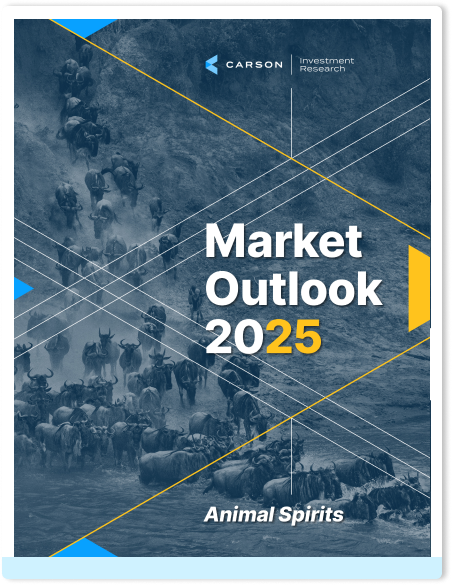By Michael Barczak, CFA®, VP, Retirement Plans – Investments
The August 7th Executive Order (EO) opened the door for alternative asset classes — private equity, private debt, hedge funds, crypto, etc. — to be considered as options in 401(k) investment lineups. Much of the conversation since has centered on can these asset classes be added, rather than should they be. Both questions are nuanced, with different answers.
In my August 12th blog, I outlined what the EO does and where advisors should focus. Since then, most conversations with peers have revolved around two questions:
- What investment-specific hurdles exist to adding these asset classes to a plan’s core lineup?
- Is their inclusion justified within a plan’s broader lineup construction methodology?
Investment Hurdles
Less liquid, private, or emerging asset classes raise significant fiduciary oversight challenges for advisors and plan sponsors. Standard 401(k) Investment Policy Statements (IPS) rely on measurable metrics—often peer group comparisons—to evaluate funds. For alternatives like private equity or private credit, peer groups are limited, data is less transparent, and reporting is harder to access.
By contrast, public market funds are easier to monitor through providers like Morningstar, where holdings and strategies are readily available. Public companies themselves also disclose more financial and operational data than private firms. This transparency gap makes it harder to monitor alternatives with the same rigor as traditional options.
While the decline in public companies and the growth of private markets argue for the relevance of private equity, access costs and oversight hurdles often outweigh the diversification benefits for the average 401(k) participant. Equity markets—public and private—remain highly correlated, and past performance is never a guarantee.

Stay on Top of Market Trends
The Carson Investment Research newsletter offers up-to-date market news, analysis and insights. Subscribe today!
"*" indicates required fields
Lineup Construction Philosophy
Every plan lineup must balance diversification with efficiency. Too many options create “paralysis by analysis” for participants and increase fiduciary risk for plan sponsors. Our approach threads this needle by covering major asset classes while limiting peripheral options unless they serve a clear purpose.
For example:
- We typically exclude a Technology sector fund because its exposure overlaps heavily with large-cap growth.
- We include a U.S. REIT fund because it offers an inflation hedge, real estate exposure for participants who don’t own property, and lower cost/ higher risk-adjusted returns compared to commodities or TIPS.
For alternatives, the burden of proof is higher. These asset classes must demonstrate consistent diversification or performance benefits that justify costs and complexity. That’s a very different conversation from crypto, where extreme volatility makes fiduciary risk untenable—no committee wants to be the first to add it and the first to face litigation if it fails.
401(k) plans are not built to pursue “uncorrelated alpha” like the CHV model portfolios. They prioritize style purity, low costs, and consistent excess returns over decades. We’d rather back managers who deliver steady singles and doubles than those swinging for occasional home runs.
Role of Brokerage Windows
For participants seeking broader exposure, self-directed brokerage accounts (SDBAs) provide access without burdening the core lineup. Under DOL guidance (FAB 2012-02R), fiduciaries must prudently select and monitor the brokerage platform itself, but not the individual investments chosen within it. This creates a clear delineation between core lineup oversight and participant-directed investment choice.
Our Stance
Due to our fiduciary obligation, our first priority is to act in the best interest of participants. Given the current lack of transparency, liquidity, and fiduciary clarity around alternatives, Carson will likely take a cautious “wait and see” approach until further guidance emerges from the DOL and SEC.
Litigation risk in 401(k) plans is real, and the industry has a saying: the first to try something new in a plan is usually the first to get sued for it. For now, we don’t see widespread inclusion of alternatives in 401(k) lineups as imminent.
8377728.1-10Sept2025A


